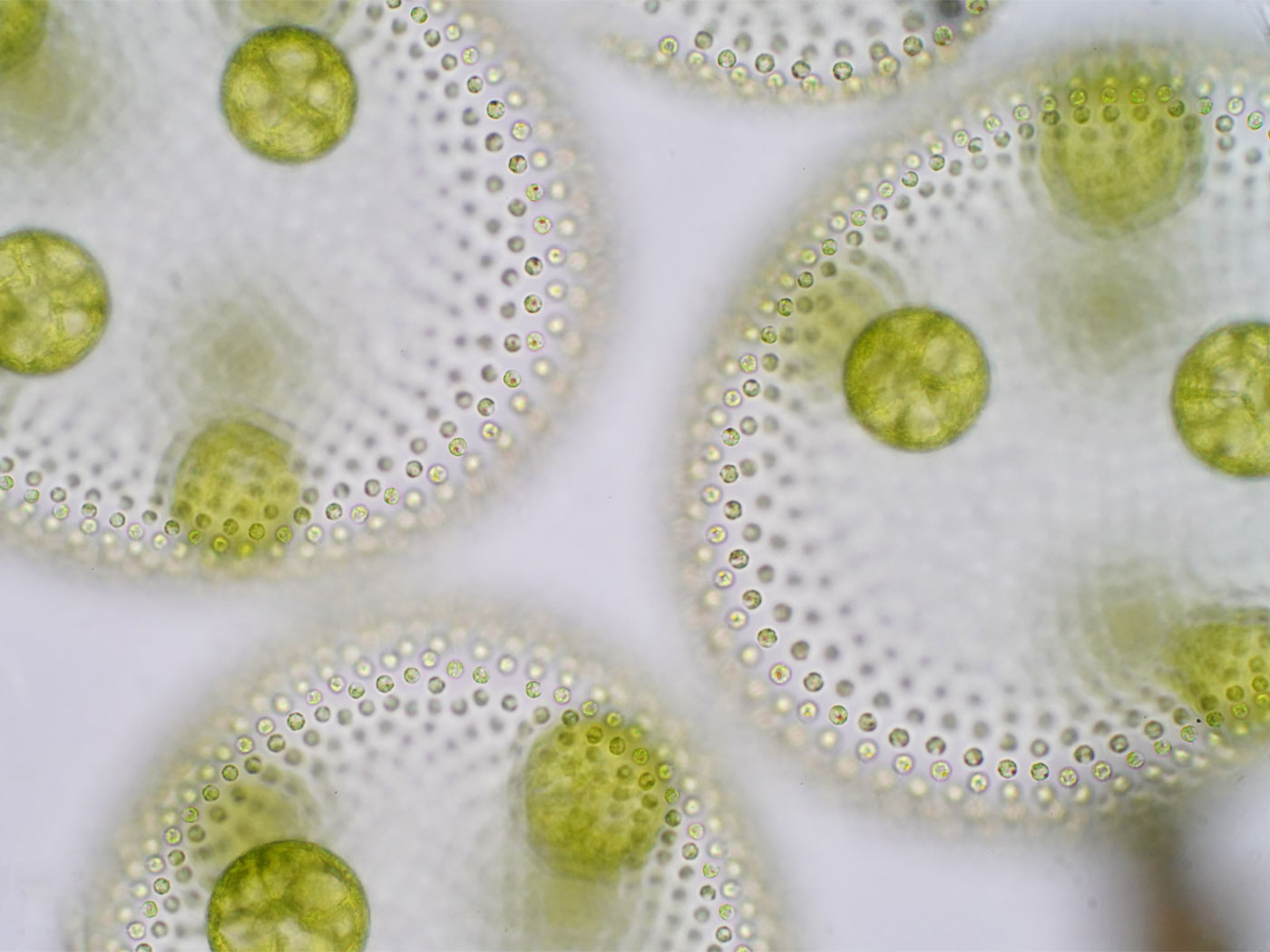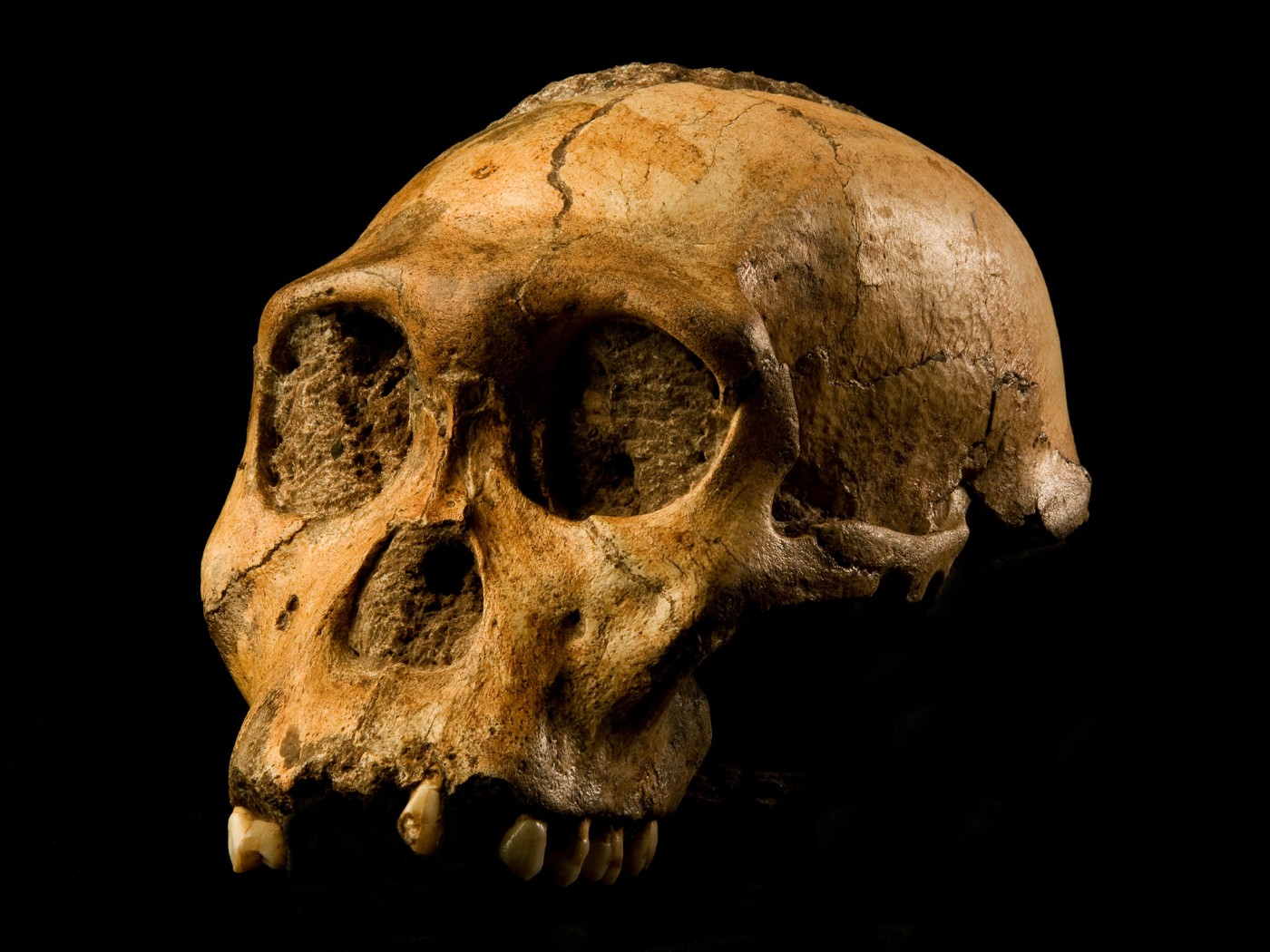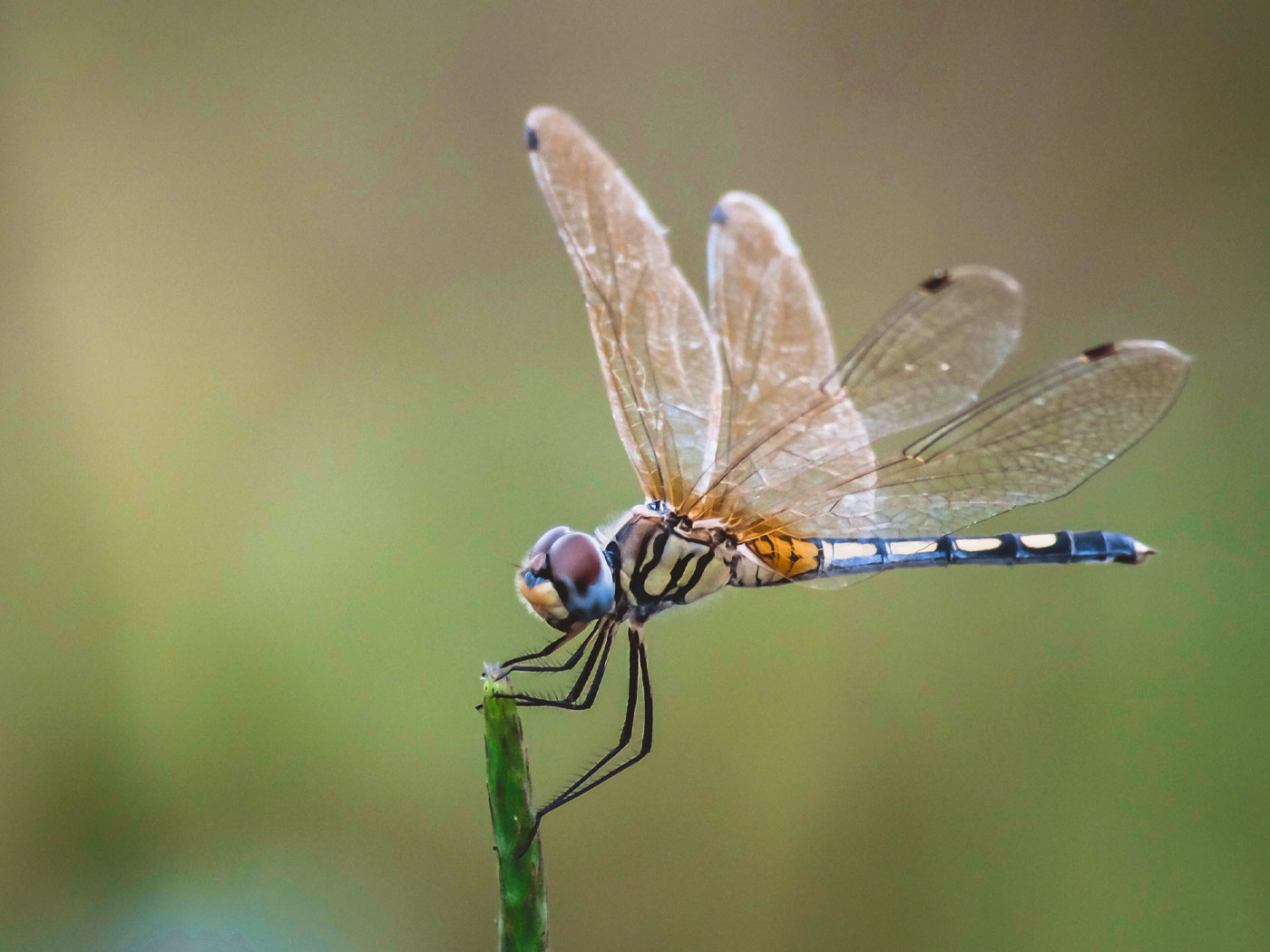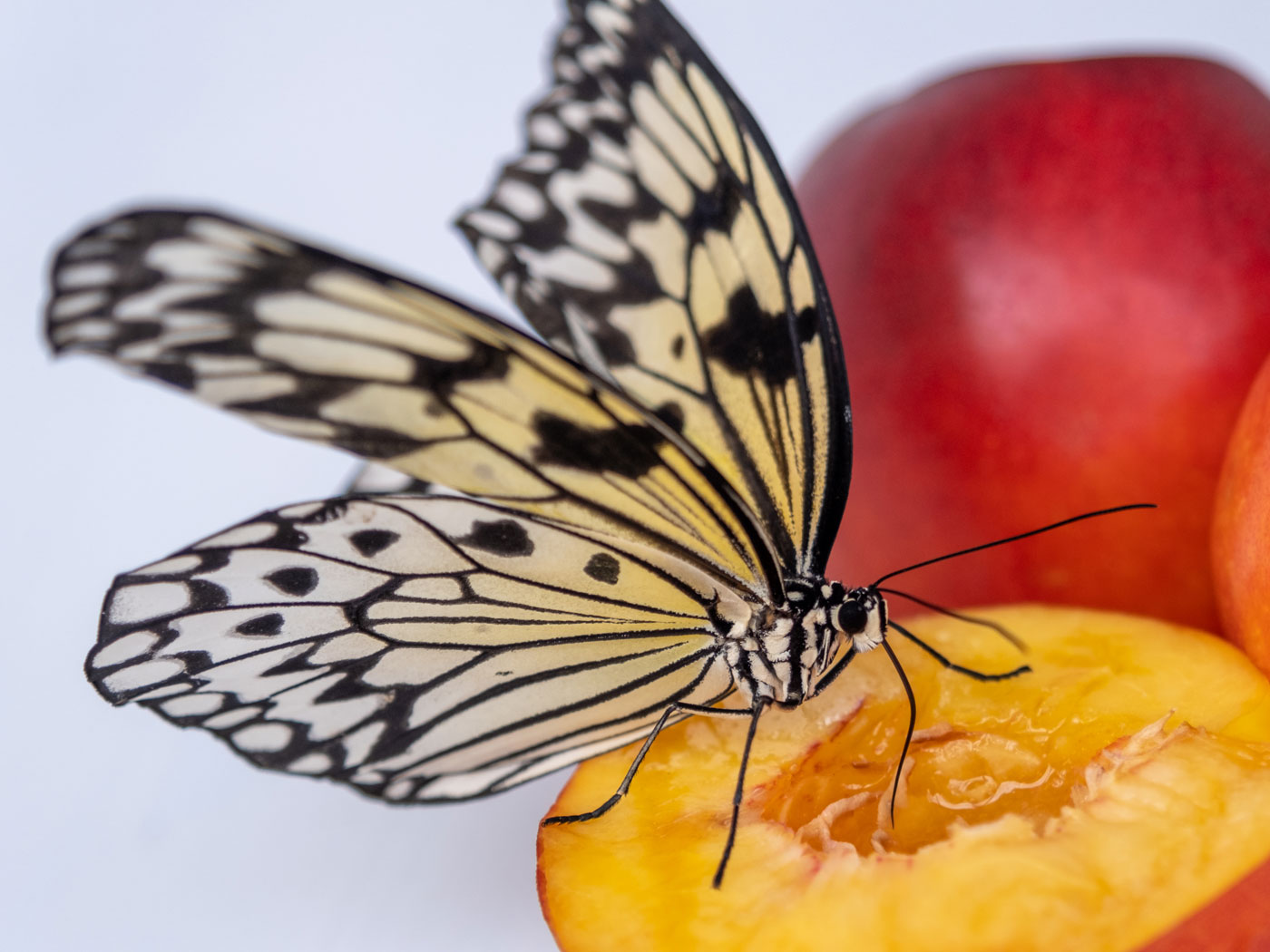Authentic speciation is a process whereby organisms diversify within the boundaries of their gene pools, and this can result in variants with specific ecological adaptability. While it was once thought that this process was strictly facilitated by DNA sequence variability, Darwin's classic example of speciation in finches now includes a surprisingly strong epigenetic component as well.1
Epigenetic changes involve the addition of chemical tags in an organism's genome without actually changing the genetic code. Both the DNA nucleotides and the proteins that DNA is wrapped around (called histones) can be chemically tagged by different types of controlling molecules that determine how genes are turned on and off. Thus, the epigenetic regulation of the genome can produce differences in traits without actually being related to changes in the DNA sequence itself. What's even more amazing is that these changes can be inherited over multiple generations. Thus, epigenetic changes unexpectedly facilitate variability and speciation within created kinds.
Just one year prior to this 2014 study,1 the epigenetic basis of speciation was demonstrated in birds in which the progressive geographical spread and ecological patterns of adaptation for a newly introduced songbird species were characterized by differences in DNA methylation patterns, not variation in the actual DNA sequence.2 In contrast, traditional Darwinian evolution alleges that random changes in the DNA itself generate new and useful variants that are then selected by the environment. In reality, researchers are now discovering that organisms can robustly adapt to different ecological niches without major changes in their DNA sequence.
While Charles Darwin was the first to characterize this group of bird species, the oft-heard phrase "Darwin's finches" was first coined by Percy Lowe in 1936 and later popularized by David Lack in 1947 with his treatise titled Darwin's Finches.3 One of the key differences between the various species of Darwin's finches is the size and shape of their beaks that are adapted to different food sources. Interestingly, a number of these species are known to interbreed with each other naturally, although extensive testing of inter-fertility has not been done.4
What underlies this variation in finch beaks? In studies attempting to determine the molecular basis for beak variability in finches, researchers have found that very similar developmental genetic pathways among species can produce markedly different beak shapes.5 So if the genes are essentially the same, then what seems to be the major source of variation? In this current effort, the researchers studied two different factors in the genome. The first were short sections of non-coding DNA sequence that varied in the number of copies—repeated units—called copy number variants or CNVs. In humans, differences in CNVs form the basis for studying forensics and paternity testing. The second factor studied was epigenetically-based, using an analysis of DNA methylation patterns around the genome.
From these analyses, the researchers found that epigenetics correlated well with increased diversity among species while CNVs, based on actual DNA sequences, did not. In addition, they also undertook a more focused study of the epigenetic profiles of specific genes involved in the morphogenesis of beak shape, immune-system responses, and coloring of the birds. Once again, the epigenetic profiles of the different bird species for all of these gene groups were different while the DNA sequences were nearly identical. Clearly, epigenetics is emerging as an important theme in speciation. It's becoming evident that both genetic variability and epigenetic mechanisms are built into the genome as adaptive systems of variation that allow for robust speciation to occur within the boundaries of created kinds. However, these processes never allow for amoeba-to-man vertical evolution.
Once again, the predictions based on the Bible are aligning well with real experimental science while the modern neo-Darwinian synthesis, as evolutionists like to call it, is failing the test. In addition, the amazing cellular machinery that reads, regulates, replicates, and modifies epigenetic states in the genome is so incredibly sophisticated and complex that it can only be attributed to the work of an Omnipotent Creator.
References
- Skinner, M. K. et al. 2014. Epigenetics and the Evolution of Darwin's Finches. Genome Biology and Evolution. 6 (8): 1972-1989.
- Liebl, A. L., and A.W. Schrey, C.L. Richards, L.B. Martin. 2013. Patterns of DNA methylation throughout a range expansion of an introduced songbird. Integrative and Comparative Biology. 53 (2): 351-358.
- Lack, D. L. 1947. Darwin's Finches. New York, NY: Cambridge University Press.
- Grant, B. R., and P. R. Grant. 2008. Fission and fusion of Darwin's finches population. Philosophical Transactions of the Royal Society Biological Sciences. 363 (1505): 2821-2829.
- Mallarino, R. et al. 2012. Closely related bird species demonstrate flexibility between beak morphology and underlying developmental programs. Proceedings of the National Academy of Sciences. 109 (40): 16222-16227.
*Dr. Tomkins is Research Associate at the Institute for Creation Research and received his Ph.D. in genetics from Clemson University.
Article posted on August 29, 2014.













